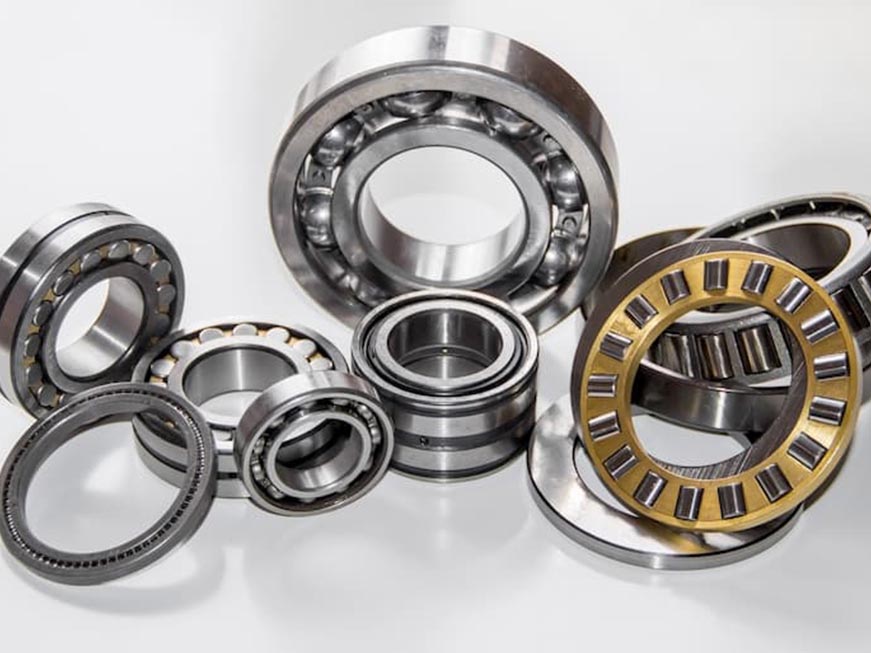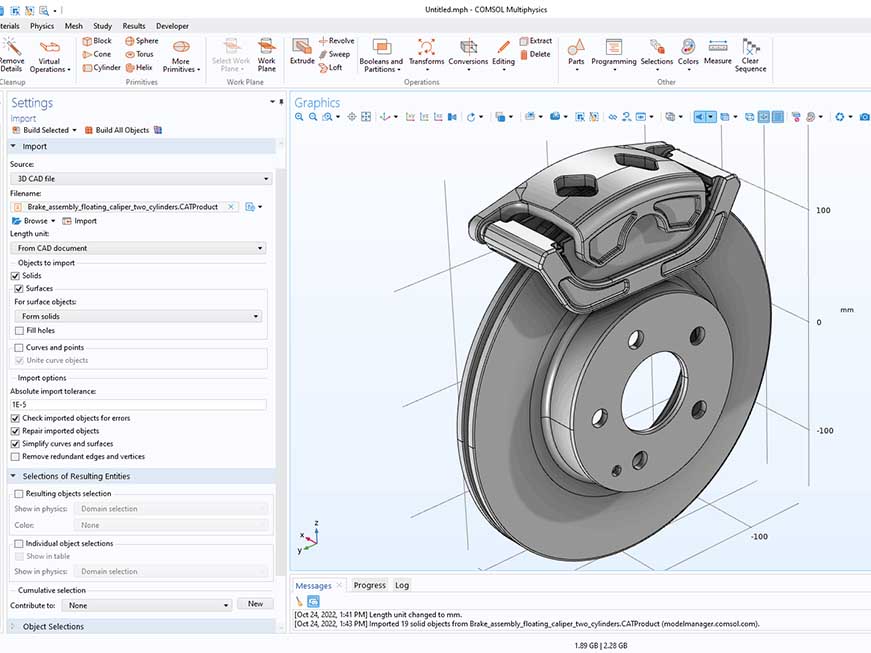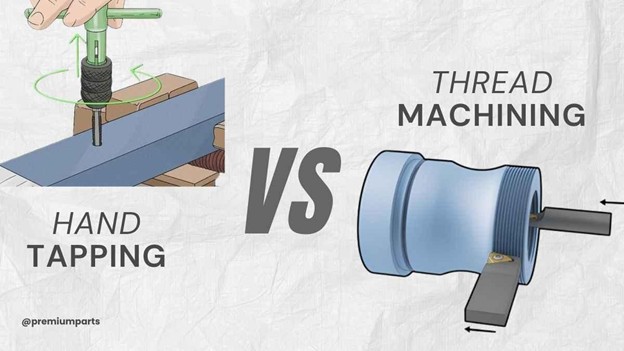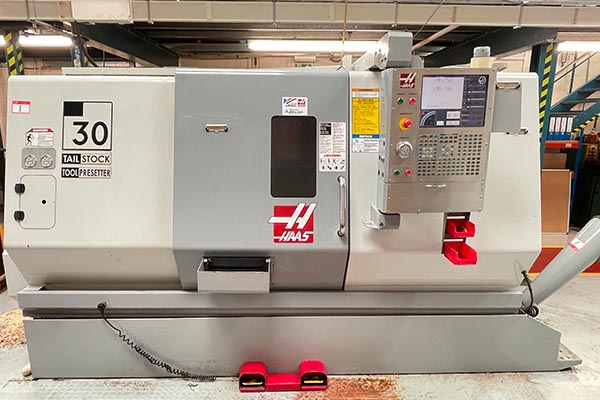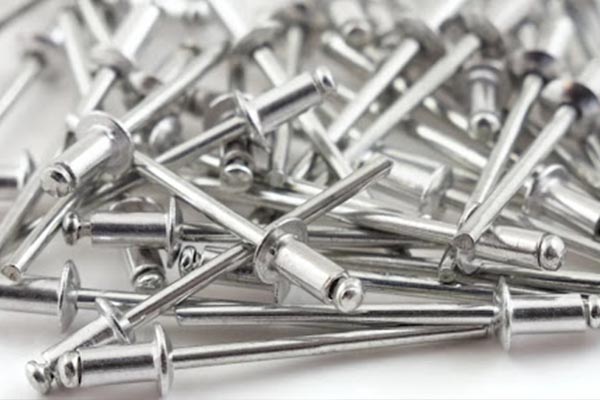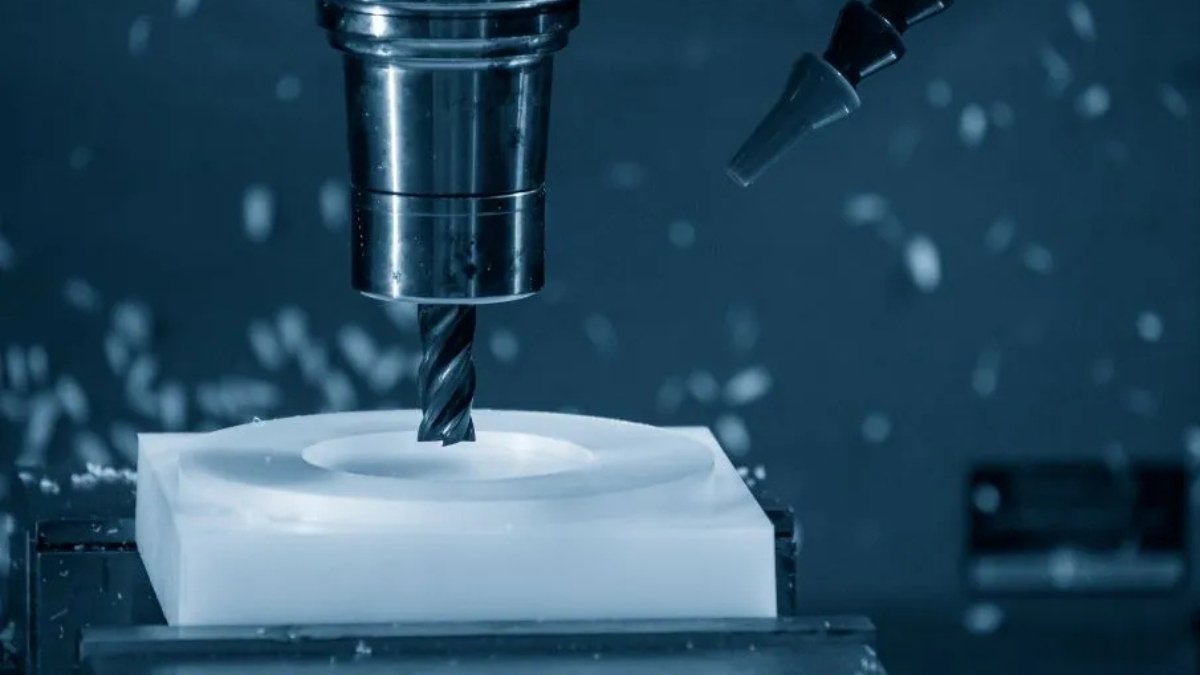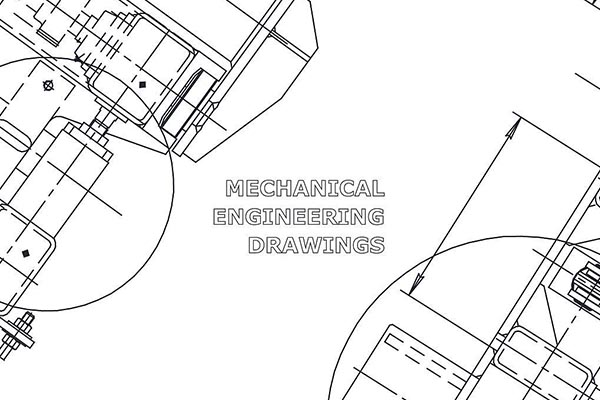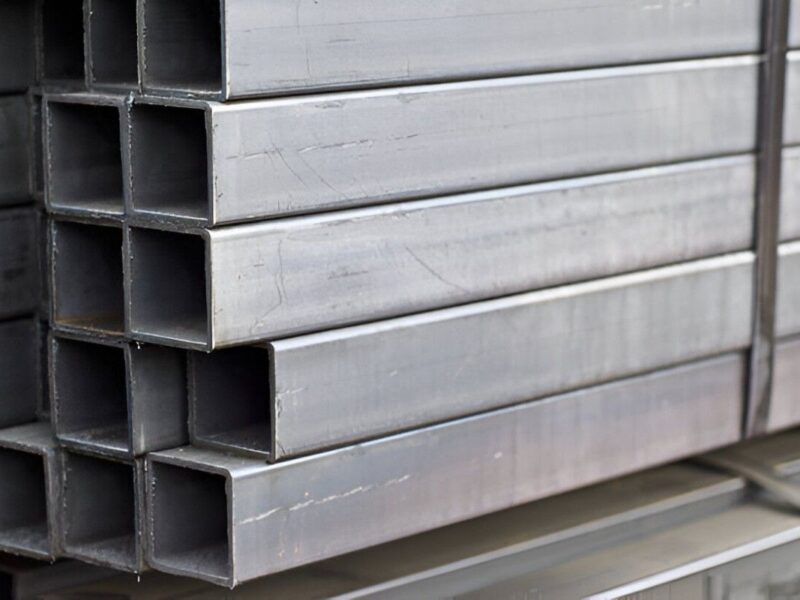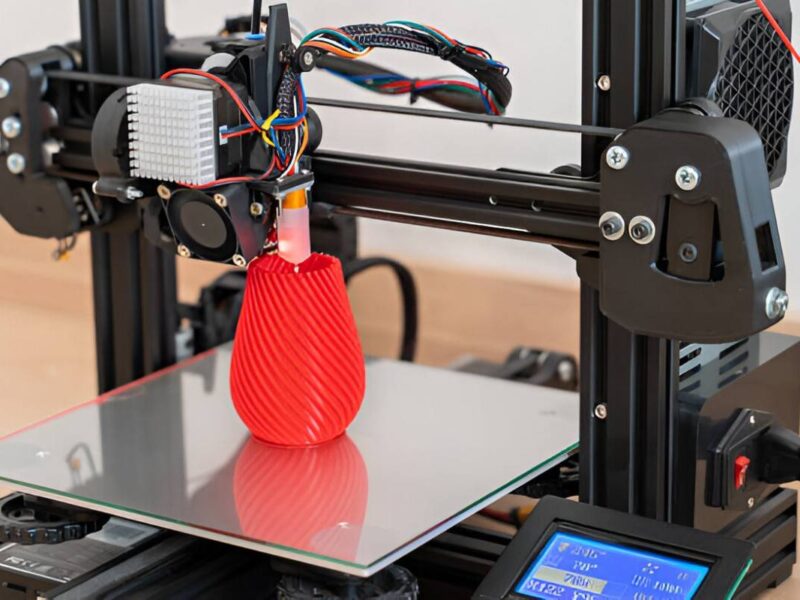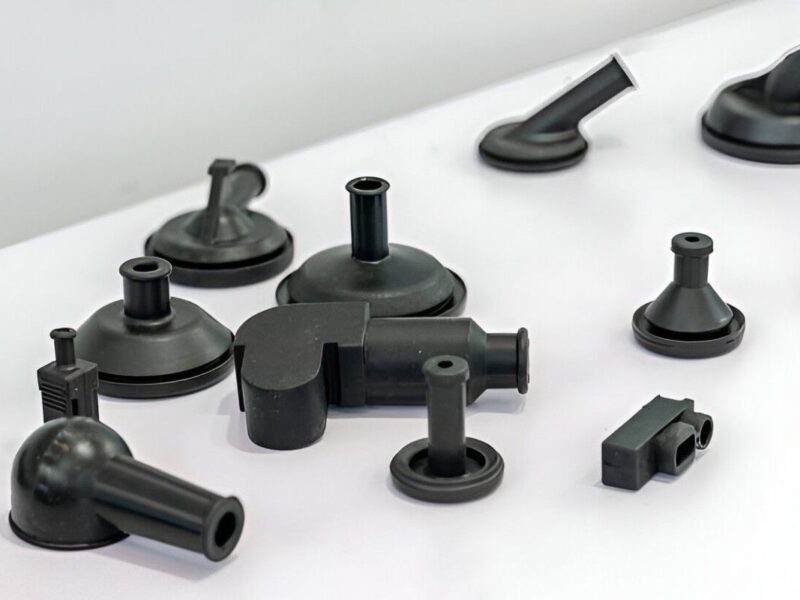The high precision machined components are a major part of many innovative industries. These parts feature high precision, tight tolerance, and quality finishes with incredible chemical and physical characteristics. From metal parts to plastics and ceramics, CNC machines ensure the parts are just according to the requirements. With the use of different methods like milling, turning, grinding, and others, the operators can achieve requisite features easily.
Mind that precision is the most crucial feature for industries like medical, aerospace, and automotive. And you can achieve that with casual prototyping methods. Therefore, you need a special machining method, such as CNC machining, to create the parts offering the highest performance, reliability, and functionality.
Let’s explore some in-depth details about high-precision machined components and their importance. We will delve into the methods for their creation, quality control, major applications, and many other aspects. Keep reading to know everything about your next machining project and product requirements.
What are High Precision Machined Components?
The precision machined parts are the components with intricate details including holes, geometry, threads, and other specs. These features make sure they fit perfectly with the other parts to create a huge project. Thus, they need high precision to work well and fit perfectly with the other parts, whether for assembly or fitting in. Thus, special care is needed while manufacturing these parts. These parts need high precision and tight tolerance with minimum errors to work best.
Additionally, precision machined parts are just a term to showcase the manufacturer’s capability of offering precise and accurate parts. It’s also a simple perception that makes people understand the meaning behind it clearly. However, both precision and accuracy are different, although people consider them one. Keep digging in; there’s much more to uncover in the next sections.
Precision Vs Accuracy in Precision Machining
Many of us intermix the meaning of accuracy and precision and usually consider them the same. However, there is a huge difference between both of them. Accuracy means how close the measurement of a part is to the requisite value. However, precision implicates the consistency of the features through different units. It shows if the two or more parts have the same shape, size, or other measurements.
A capable CNC manufacturer like Premium Parts can offer both precision and accuracy. They will meet your dimensional requirements and offer parts with high tolerance. Expert manufacturers can offer quality parts with a strong dimensional foundation. They have the advanced machinery and cutting-edge equipment to achieve the best results.
Benefits of Using High-Precision Machined Components
The advantages of the high-precision machined components are paramount. These parts are useful in many industries and offer quality with high performance. Many projects and heavy machinery such as aeroplanes and automobiles rely on them. Some notable advantages are:
Accuracy and Precision
Precision machining offers products with a high tolerance. Thus, the high-precision machined components have good precision accuracy needed for requisite performance in many industries. Moreover, manufacturers like Premium Parts can offer consistent measurements for different batches of the parts. Thus, you can have as many parts as you need with high precision and accuracy.
Cost Effectiveness
Although CNC machining seems costly, the benefits it provides are worth the cost. The high-precision machined parts come with precise designs and less material waste during their manufacturing. Thus, it leads to more usability of the raw material and enhancement in the product quality. Overall, precision machining reduces the production cost per item by delivering better results and minimizing errors.
Quality and Efficiency
Precision machining is an efficient method of manufacturing quality products according to our requirements. Other methods like welding and casting cannot offer the strength and precision that CNC can offer. Besides, most of the time, generic manufacturing methods are unable to retain the original properties of the material. However, precision machining is efficient enough to retain the chemical and physical properties.
Durability and Performance
The high-precision machined components are durable and offer better performance. They usually feature exceptional surface finishes that help them beat wear and tear. Moreover, they don’t need regular replacement and care, making them a better option for high performance. Their characteristics help them withstand heavy pressure and temperature. These parts not only offer quality but enhance the functionality of the whole machine.
Personalization
CNC precision machining can turn any idea into reality. No matter what type of part you need, new or obsolete, expert manufacturers like Premium Parts can do that for you. Moreover, precision machining features different tools that can work on multiplexes. Thus, they can transform any product design into functional products featuring different geometries. The modern needs of electronics and the health industry require precise and customized parts, and CNC machining is all about it.
Manufacturing Process for High-Precision Machined Components
We hope that you have a clear idea about high-precision machined components and their benefits. But what steps does the manufacturing of these components involve? Only experts with the right process strategy and equipment can answer this confidently. So, let us answer this as we have invested our lifetime in quality control and offering precise products to serve our customers. So, the only process of manufacturing high-precision parts is to begin with quality material.
The choice of the material also plays an important role. Where the client is going to use this part and what will be its functionality matters. Usually, the client tells us about the material they need. However, it’s the responsibility of the manufacturers to do a proper analysis and guide. However, if we talk about the manufacturing process of precision parts, it includes the following steps:
Designing
The first step is creating the design of the part. By using CAD (Computer Aided Design), the operators create a 3D design model of the part according to client requirements. The design focuses on the dimensions and tolerances of the part.
Program Engineering
After the design is created, we convert it into the programming instructions. With the help of CAM (Computer Aided Manufacturing) software, the manufacturers convert that design into coding instructions called G-Code. This code determines the tool path and machining strategies.
Material Selection
Material selection is also important as it determines the performance of the parts. It should be according to the functionality of the part and machining process. Besides, materials are available in different compositions such as 304, 304L, and 316 stainless steel. Other than that, there are metal alloys like aluminium, copper, titanium, and others, each of which is best for specific applications.
Preparation of Material
After selecting the material, we need to inspect it carefully. Analyzing its chemical and physical properties will help determine the right machining equipment and process. Besides, by using shears and plasma cutters, we first cut raw material into smaller parts. These parts will be cut and designed according to the CAD model.
CNC Machining
We load the G-code into the CNC machine, and it reads the instructions for acting accordingly. With precise movements, it offers accurate product design. There are different machining methods that manufacturers choose according to their needs. For example, we use turning to create cylindrical parts while milling for flat surfaces and complex geometries. The other notable methods are drilling, grinding, EDM, laser, lathes, and boring. Modern machines are capable of working on different axes (3, 4, 5-axis) to perform different operations and create products with precision.
Heat Treatment and Finishing
At this stage, the high-precision machined components undergo heat treatment. Methods like annealing, quenching, and tempering enhance their material quality such as hardness and wear resistance. To further enhance their appearance and precision, operators use different finishing methods like polishing, lapping, and electroplating. These methods enhance the quality and appearance of the parts, making them perfect for industries like aerospace and medical.
Tips for Improving Precision in CNC Machining
One needs the right equipment and expertise to create high-precision parts. You should have enough resources to create parts and manage the quality standards such as ISO 9001. At Premium Parts, we analyze and inspect our equipment and measuring system regularly to check for errors. Our workforce knows how they contribute to the efficiency of the manufacturing process and quality products. Here are some tips from our experts:
- Maintain all the tools and equipment regularly to keep them in good working order. Hard tools should also be used to balance them for efficient machining.
- From designing to coding and operating, experience and skills are needed. Invest in hiring the right workforce.
- Ensure a collaborative approach for machining; this helps achieve better and quicker results.
- Use modern technology and machinery that can work on multi-axes and create parts featuring high tolerance.
Premium Parts – Offering High Precision Machined Components for All Industries
At Premium Parts, we have the right skill, expertise, and technology to create parts with high precision. With high quality and a short turnaround time, we are a reliable source for CNC precision machining services. We have modern CNC machines that can create complex parts easily. From multi-axis machining centres to lathes and drills, we have the right equipment to offer extreme precision. We work with different materials, from metals like stainless steel and aluminium to plastics, including ABS, nylon, and polycarbonate.
Besides, we can achieve tight tolerances easily, and our products have good surface finishes. Is it intriguing enough? If so, contact us now and let us help you with your next project. Share your idea and request the quote now!
Conclusion
High-precision machined parts are critical for operations in many industries, from aerospace to automotive. CNC precise machining can offer parts with a tight tolerance that is perfect for any operational needs. Besides, these parts offer unbeatable performance with consistent and accurate designs. Other than that, these parts have exceptional physical and chemical properties which can meet their functional needs. Moreover, precise manufacturing results in less waste and minimum errors. This helps in the quick manufacturing of high-quality parts, regardless of production scale.
FAQs
What are the industry applications of precision machined parts?
Precision-machined parts have diverse applications in different industries according to their functionality. From transportation to medicine, each industry needs precision parts. The automotive industry features lighting systems, valves, shafts, and many other precision parts. On the other side, the aerospace sector entails parts like turbine blades, thermal parts, and satellite parts. Subsequently, there are medical and electronics, while also using quality parts with high precision, from surgical instruments to connectors.
Can you list some common materials used for precision machining?
The most common materials for precision machining are metals and plastics. However, it’s important to use the right material to meet the product’s functional requirements. Metals include different types of alloys such as Aluminum (6063 to 6061-T6), Brass, Bronze, Steel (316L to 440c), Titanium, and many others. On the other hand, plastics usually include ABS, Nylon, Polycarbonate, PPS, and Acrylic.
Are there any major trends in precision machining?
Precision machining is updated with the needs and trends. Complex geometries and coatings allow for optimum performance. One major example is the use of precision parts in robotics. With the use of CAD and CAM, the robotic industry needs parts with tight tolerances. A little mistake can cause this industry to lose bucks. Thus, only CNC precision can provide the requisite parts.
What are some common CNC tool coatings?
The most common CNC tool coatings are carbide and titanium. These coatings enhance the rigidness and wear resistance of the products, making them durable. Besides, many finishing techniques also add a coating layer to enhance the quality of the products. Physical vapour deposition is another major technique that adds a homogenous layer over the product.


